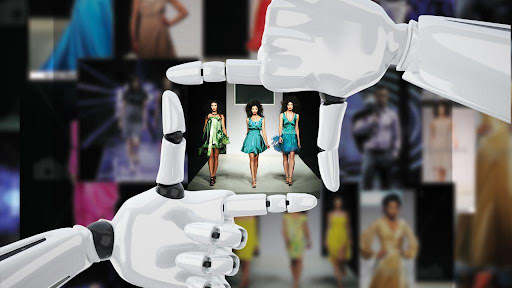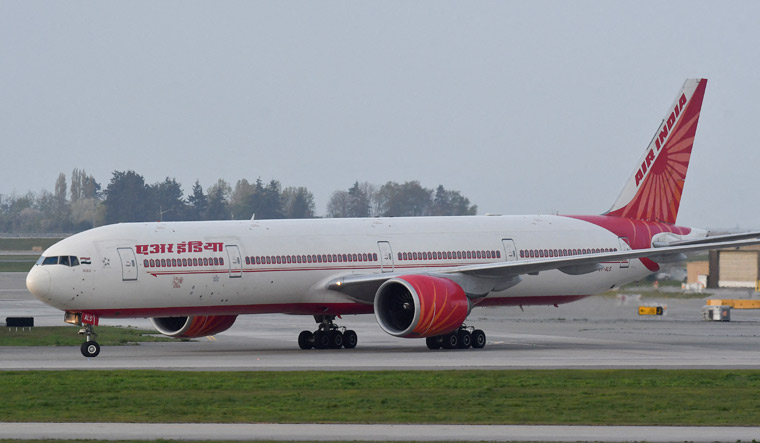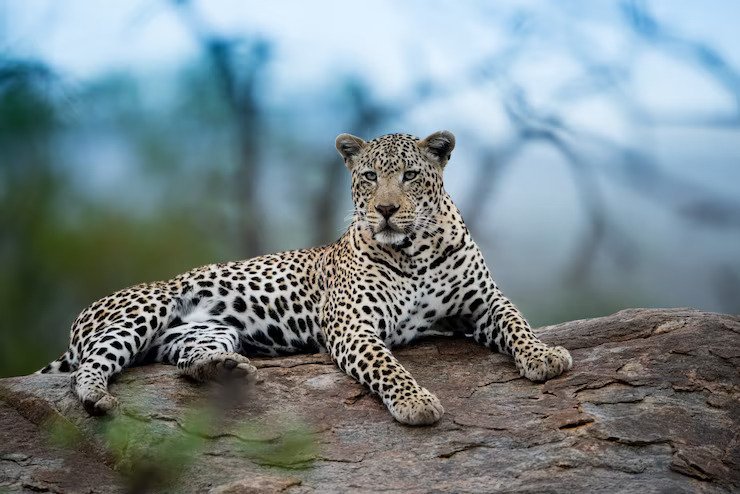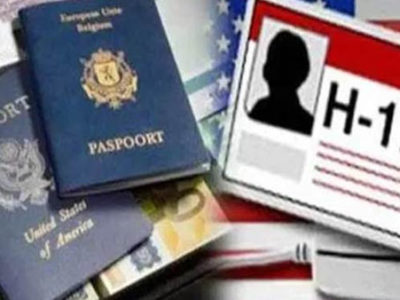
Artificial intelligence (AI) has swept across different industries, potentially disrupting businesses through creative technologies, more effective operational procedures, and access to consumer and industry experiences that provide a prospective competitive edge.
Despite the established nature of the fashion industry, AI fundamentally shifts the sector from how fashion businesses build to promote and sell their items. AI technologies are revolutionizing the fashion industry no matter how you look at it, including design, production, delivery, marketing, and sales.
The usage of ai for fashion in the business of 2020 has developed so entrenched that a high percentage of fashion stores that have not implemented AI are presently gambling with insolvency.
Let’s a gander at some of these AI applications and how firms adopt unique methods to enhance their business models.
Apparel designing
AI answers for fashion design have been somehow neglected. In any case, they have enormous potential for an industry that is rapidly computerizing its design and presentation processes during the pandemic and, in all likelihood, after that. What are the new opportunities for designers and businesses, and for what reason is creative AI so underutilized?
Beginning AI implementations have focused on measurable business demands. Creativity is fundamentally more challenging to evaluate and undeniably more prone to slack. Yet, as more research scientists develop new models for creativity, the potentials of the technology become more evident.
Virtual merchandising
A significant number of us have a closet loaded with items we never wear because they are uncomfortable, look cheap, don’t suit our body type, or match the rest of our wardrobe. It’s unavoidable when such countless online businesses utilize photos that entice us to purchase yet don’t necessarily provide a true-to-life depiction of a garment.
AI-enabled technologies like augmented reality (AR) and virtual reality (VR) are currently attempting to solve the problem above by bridging the hole between online and in-store purchase experiences. Fashion businesses use AR technology like Virtual dressing to provide new features to traditional and online buying. As a consumer, you might experiment with different styles, textures, colors, and different shoes, purses, and jewelry items to complete your appearance.
Visual search
Consider the accompanying example: You’re out for a walk when you notice someone wearing the most beautiful dress you’ve ever seen. You need the same, yet you don’t realize what brand they’re wearing or where you can get it. You can search online, however, you’ll simply get a few, basically irrelevant, results, and you’ll be no closer to finding your new favorite dress.
In this example, visual search, like text-based search, scans and recognizes user-input photos and delivers the most relevant search results. Customers can search for what they need without explaining it, making buying online more straightforward and satisfying.
Some AI-enabled applications permit users to take screenshots of online clothes, detect shoppable gear and accessories in the image, and then discover the same outfit and shop for comparative fashions.
Improved customer personalization
Personalization is essential for business success. Because of considerable data advancement, there is a measure of customer data available to be accessed and studied. When integrated with business data, deep learning technologies, for example, AI and ML enable fashion firms to follow individual client purchasing behavior.
Marketers increasingly leverage developing technology’s knowledge and computational abilities to comprehend shoppers’ expectations and influence their experience based on purchases, favorite colors, textures, and other style preferences.
Automated authentication
Computer Vision powered by ML is likewise used to detect fashion forgeries and counterfeit items. Detecting fakes formerly required professional traditions or other regulation enforcement personnel’s trained eye.
AI algorithms can now screen counterfeit items becoming more like the real thing. Customs and border authorities are employing AI technology to help determine the authenticity of very good quality products that are frequently counterfeited, like handbags and sunglasses.
While perusing enormous internet marketplaces, ordinary customers might struggle to recognize counterfeit items from a third-party seller. When a buyer purchases a product that appears legitimate yet performs ineffectively, it can leave a bad taste and mischief their assessment of the brand.
Some associations use AI to examine and identify potentially counterfeit products by relying on massive datasets and pictures from numerous online marketplaces.
Trend forecasting
This is a field that concentrates on casting the future of the market. Accordingly, fashion forecasting is the part of the fashion business concerned with projecting new fashion trends-colors, styling techniques, texture textures, and so on-that will pique consumer interest.
Fashion forecasts create trend forecasts and are used by product developers to design new clothing and accessories for businesses.










